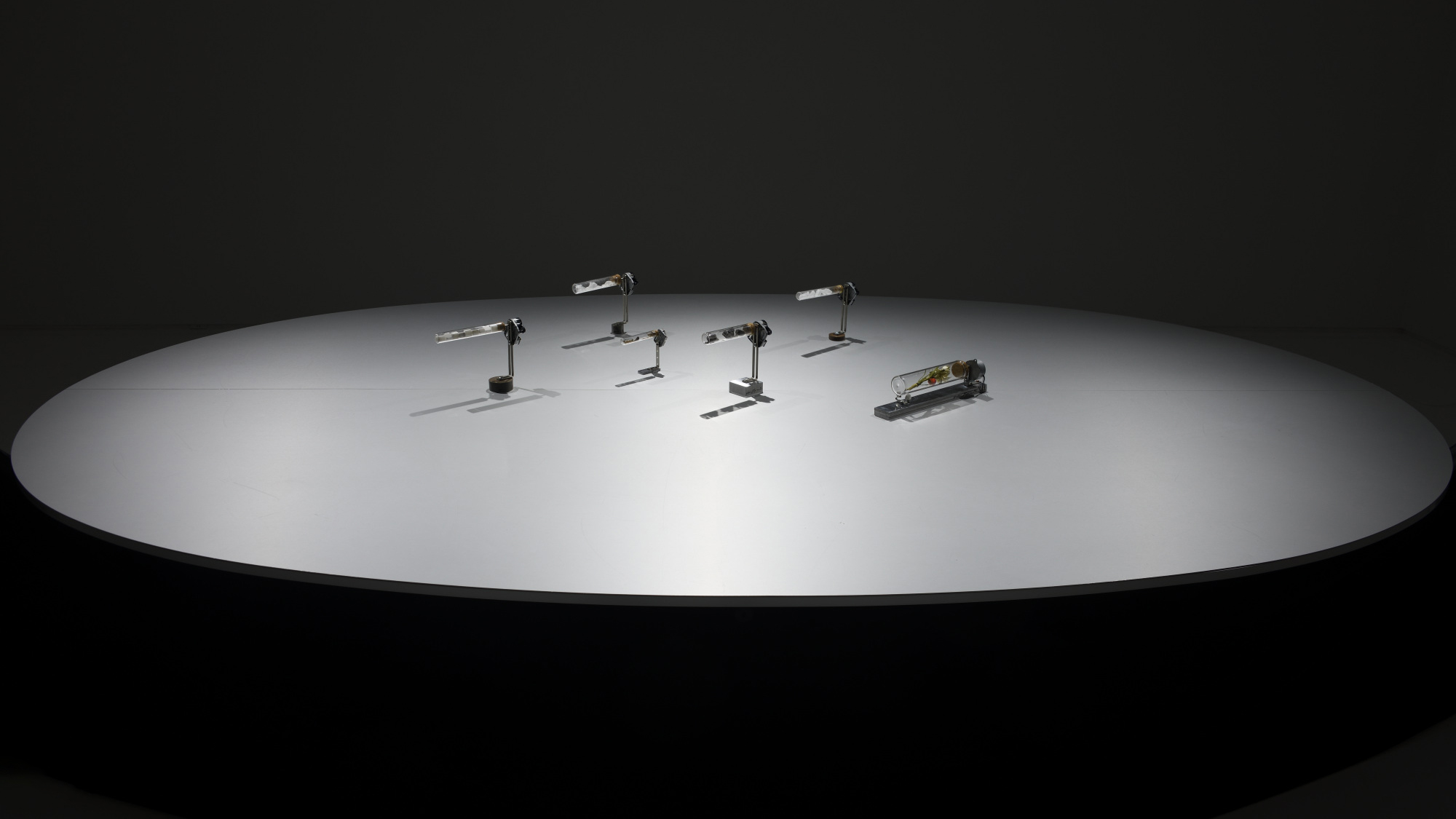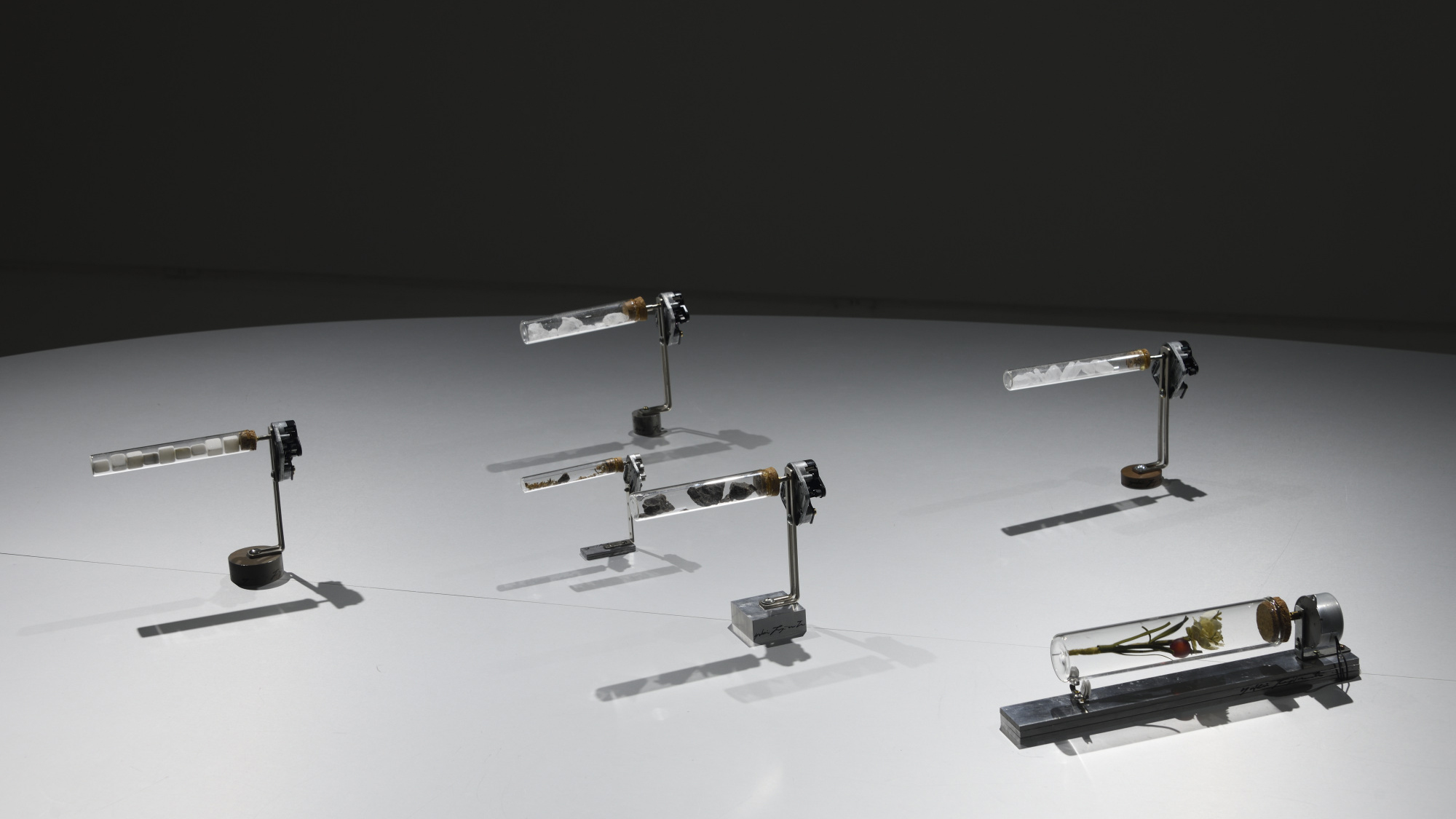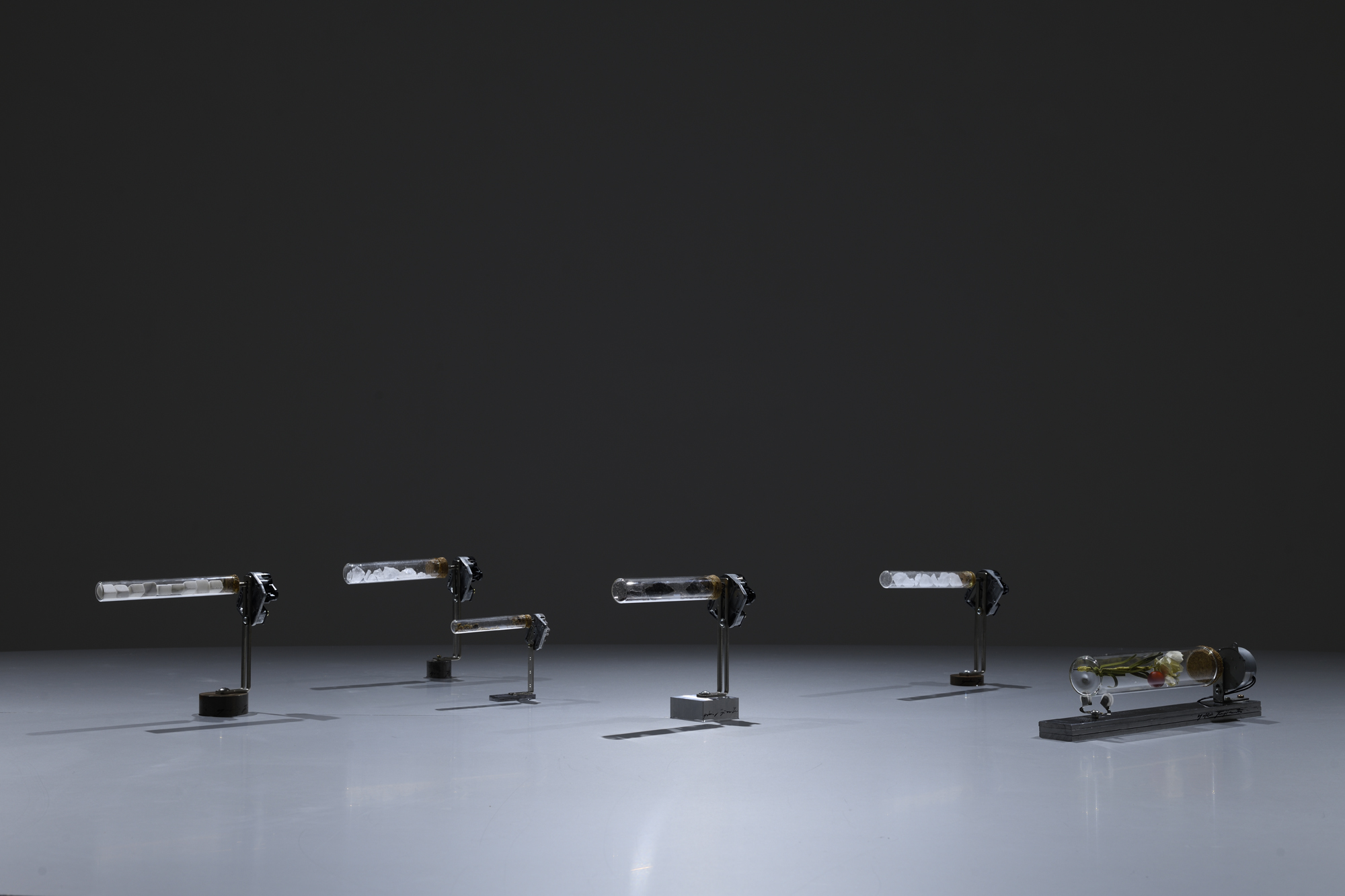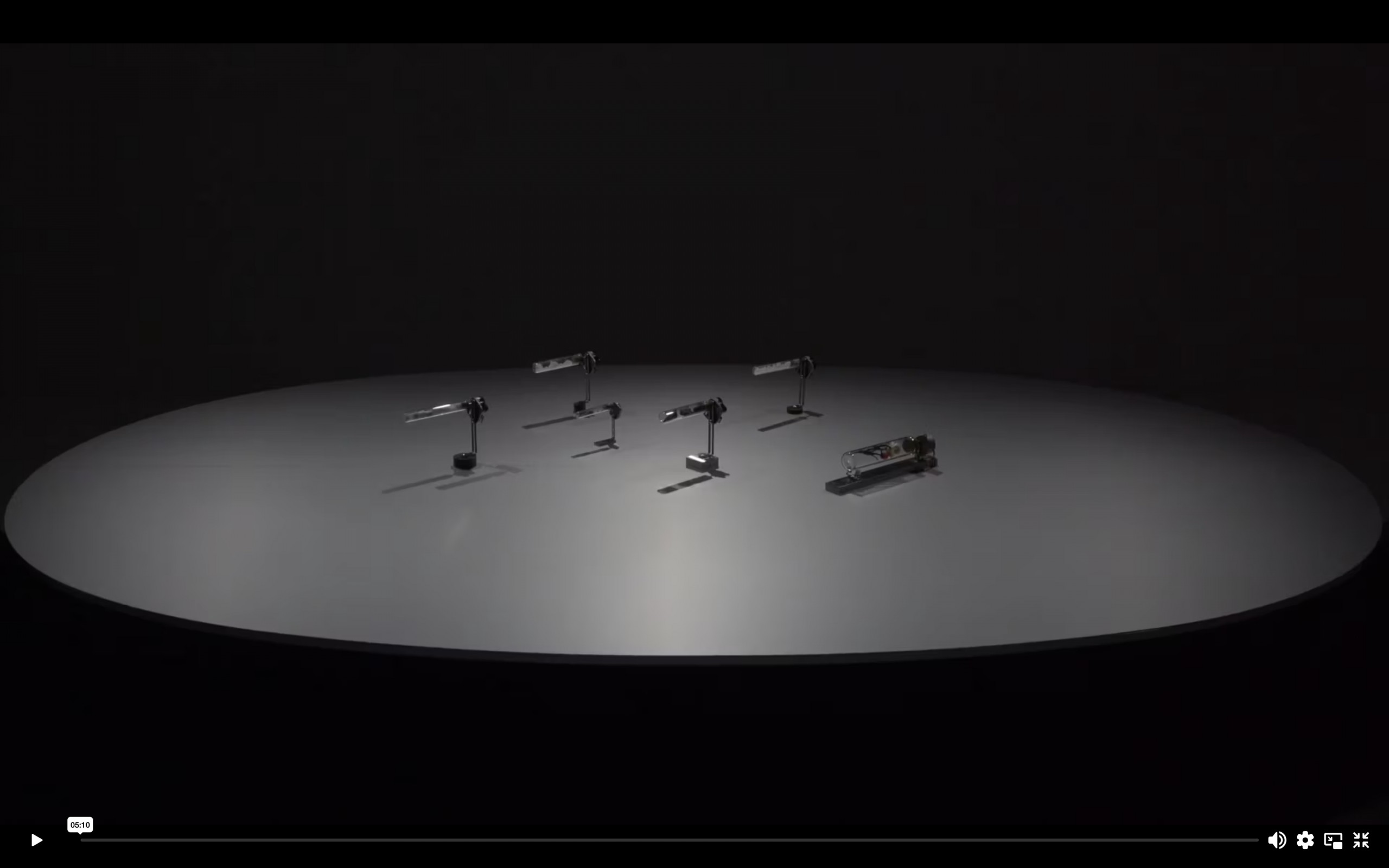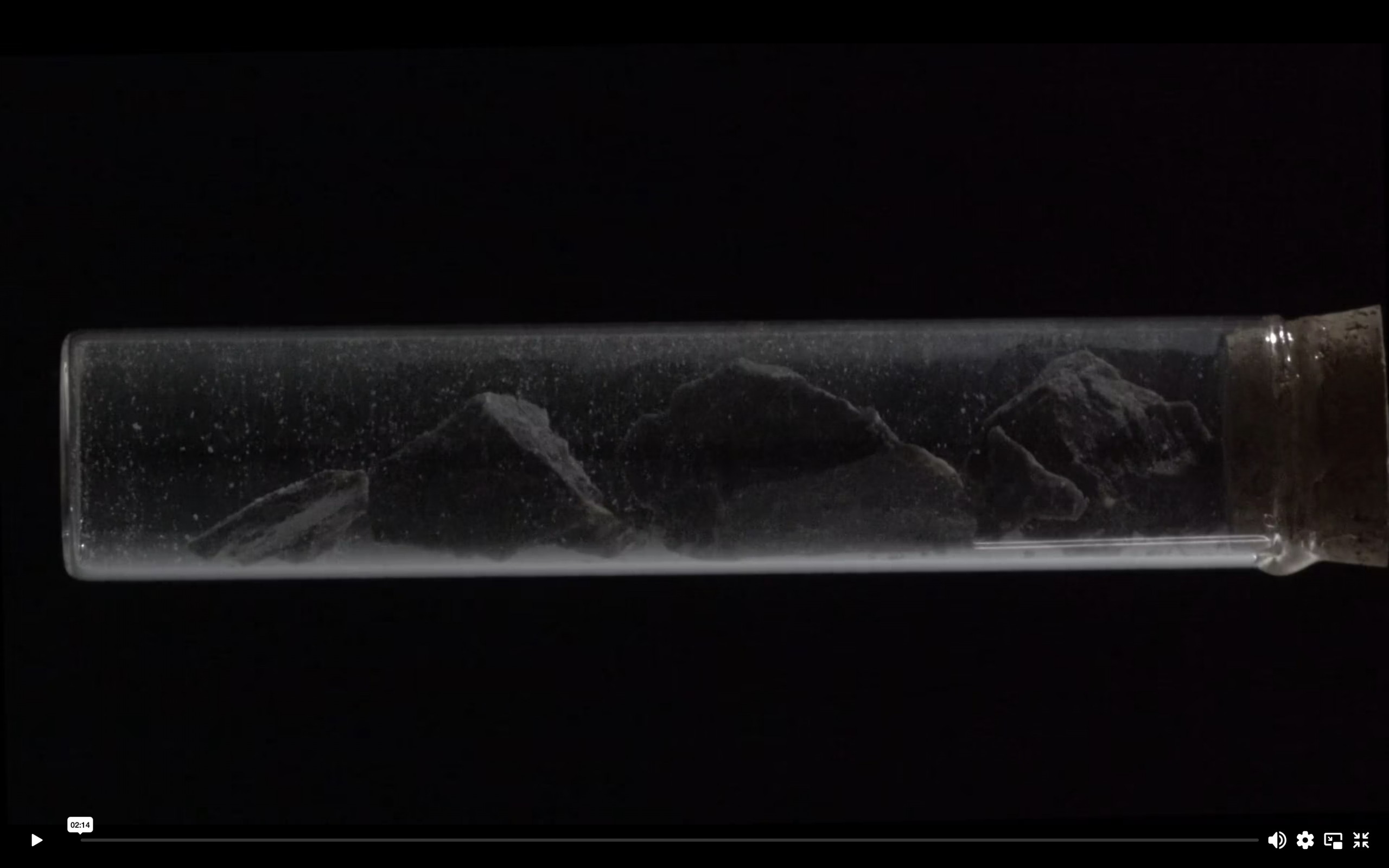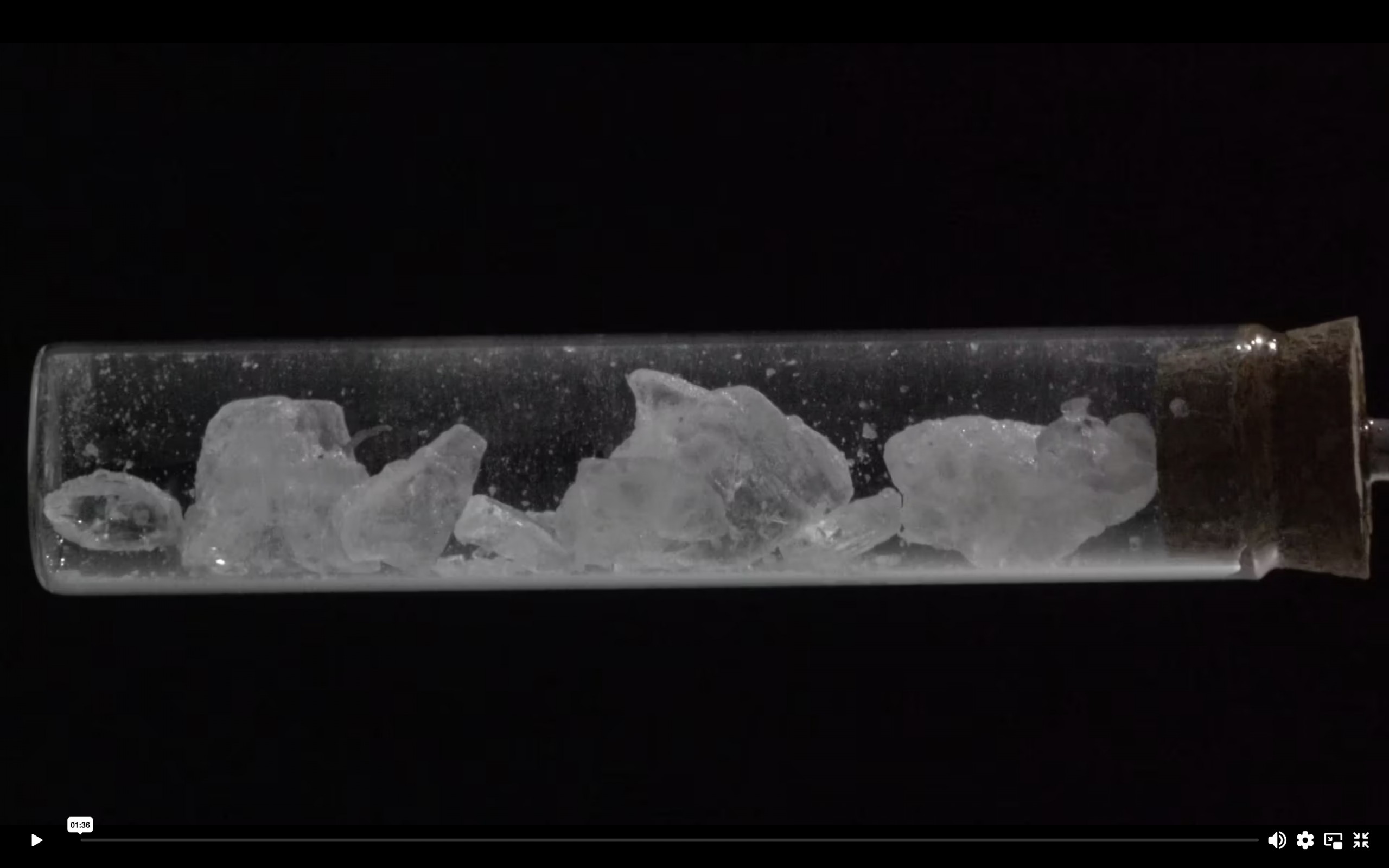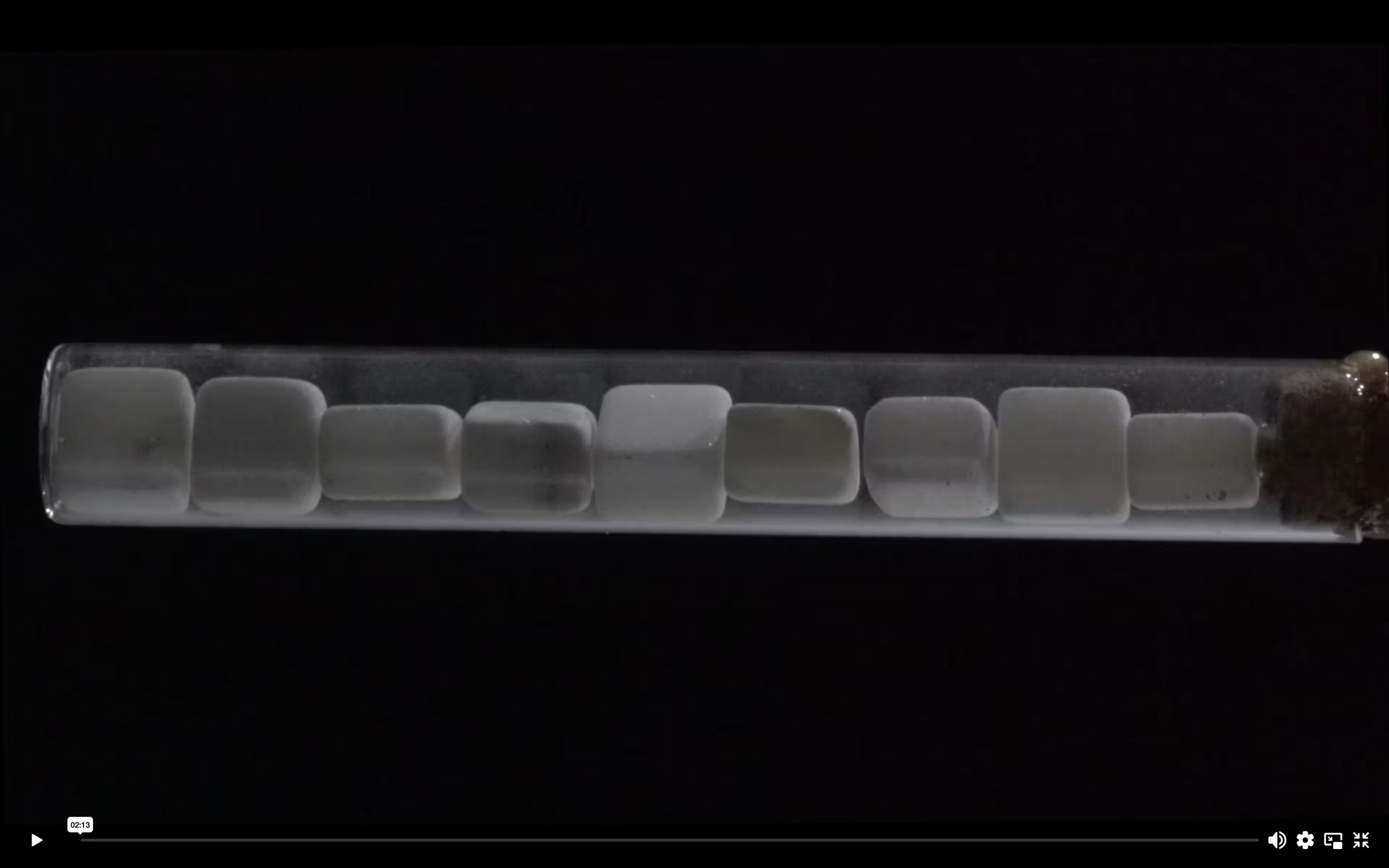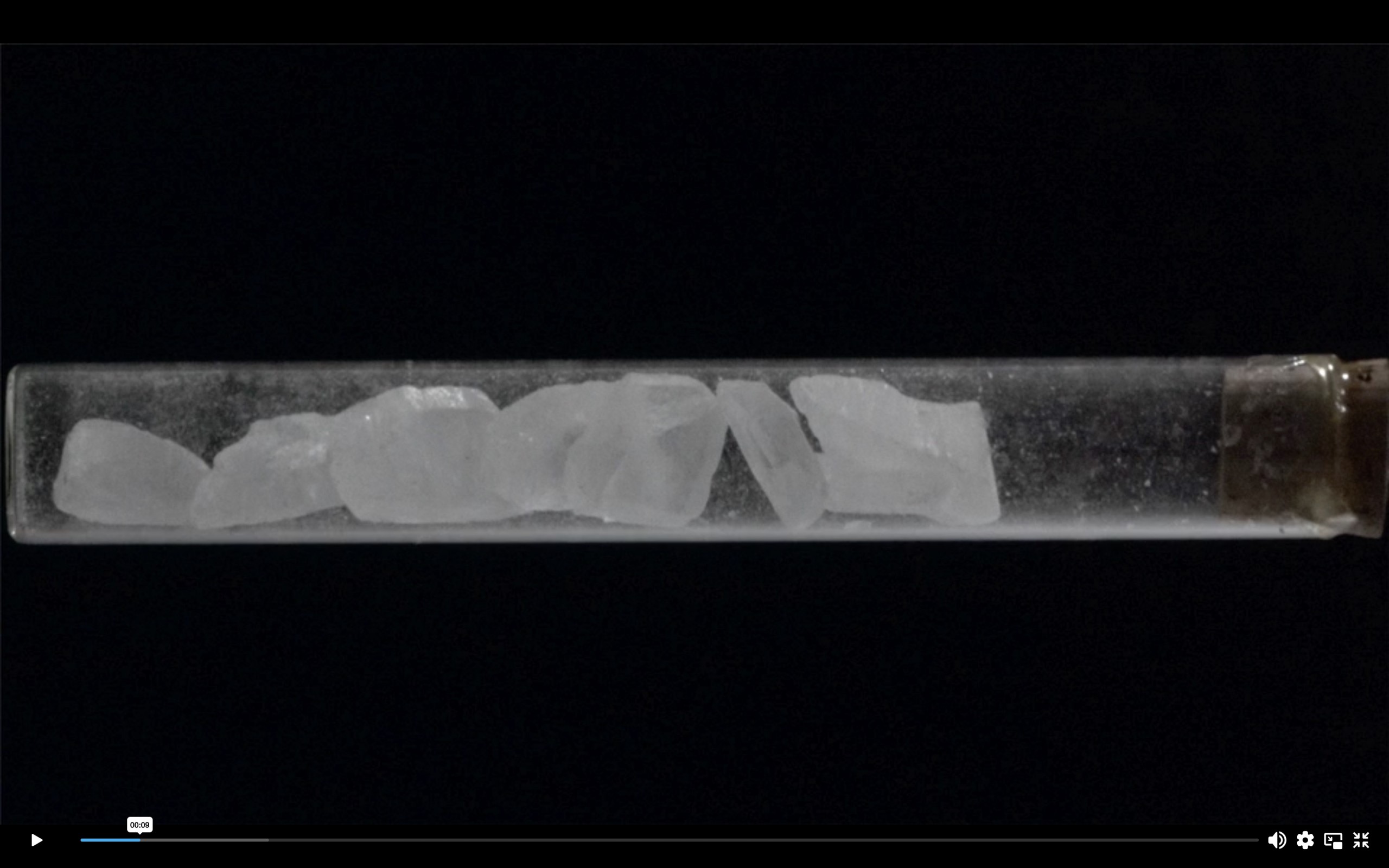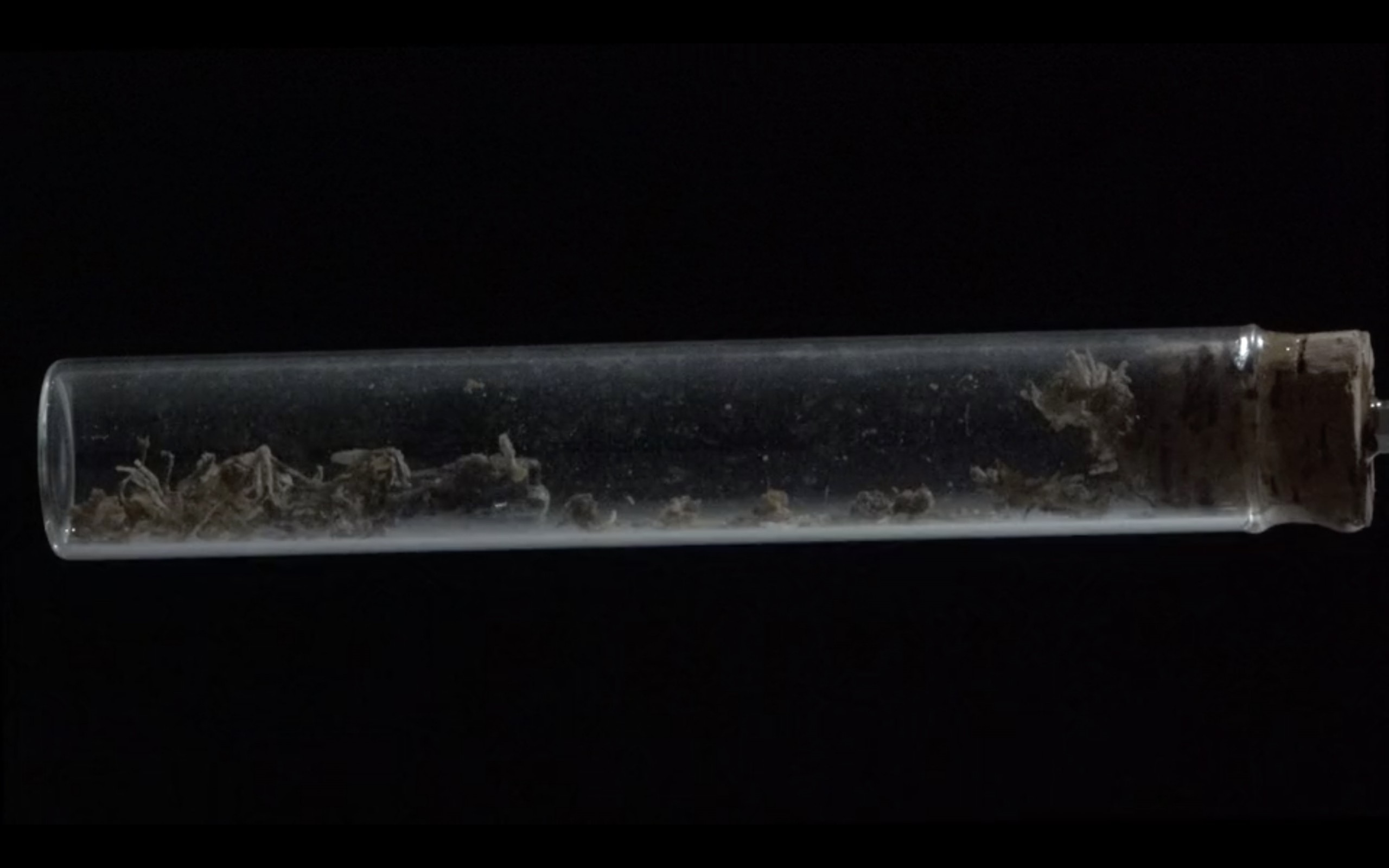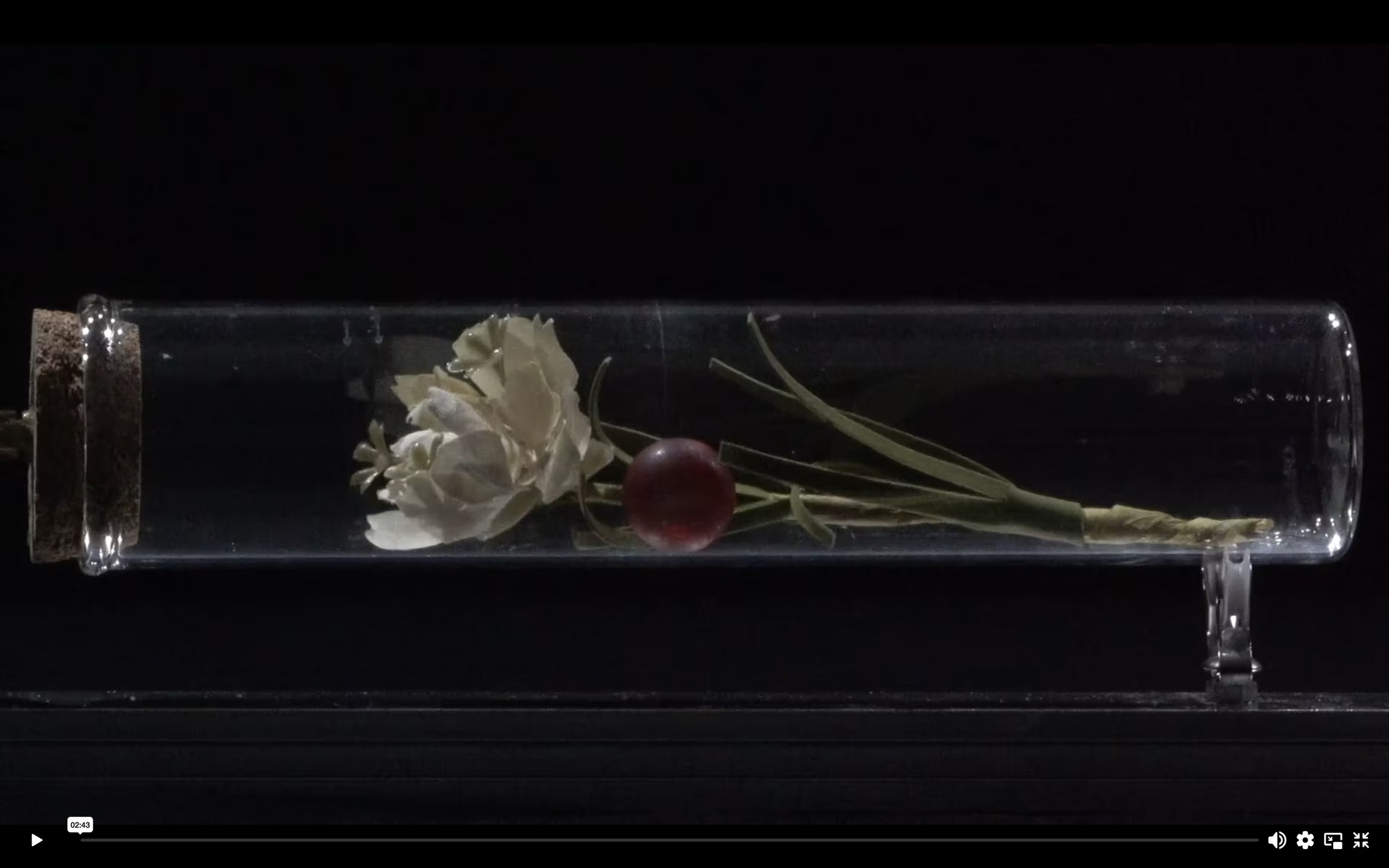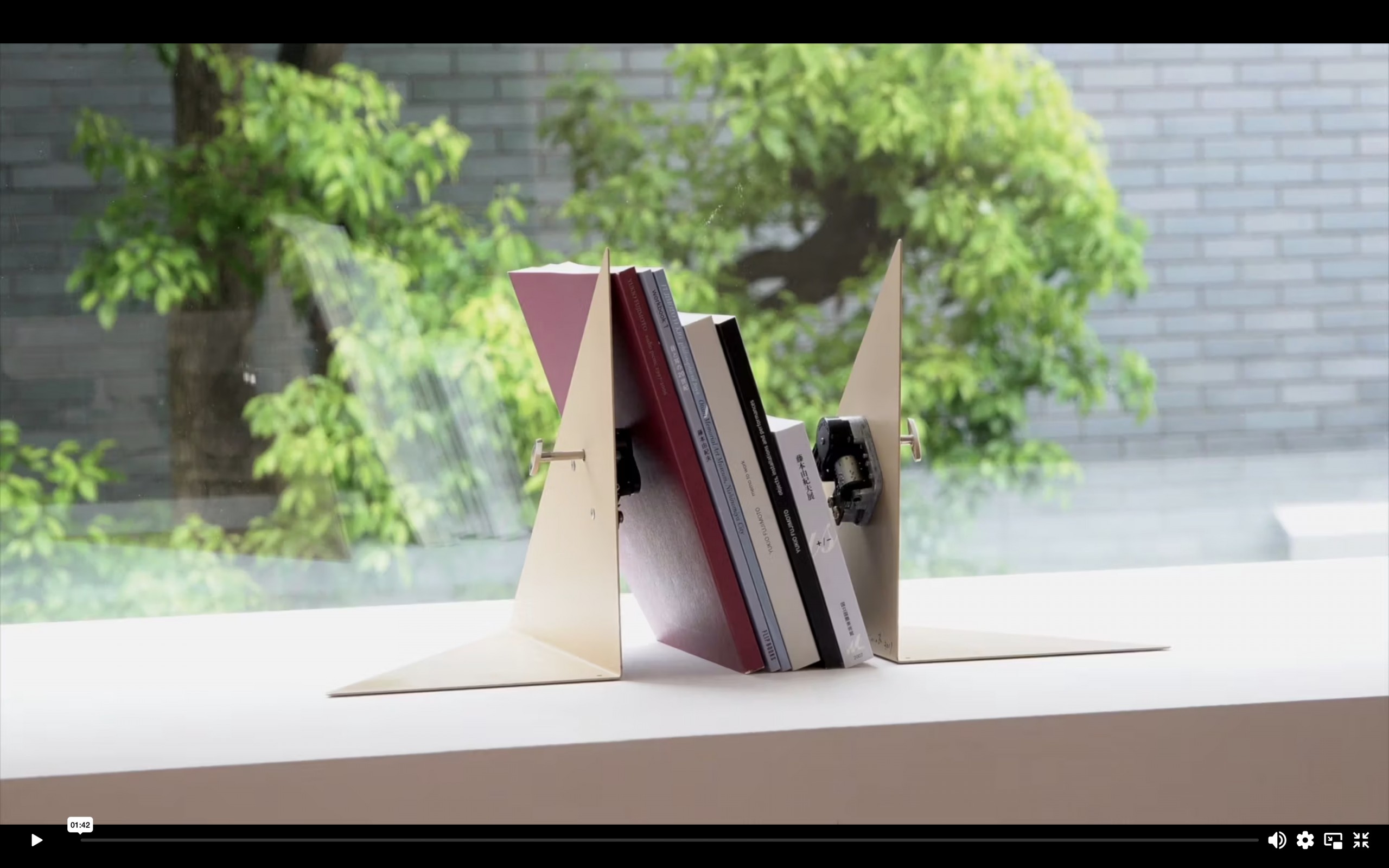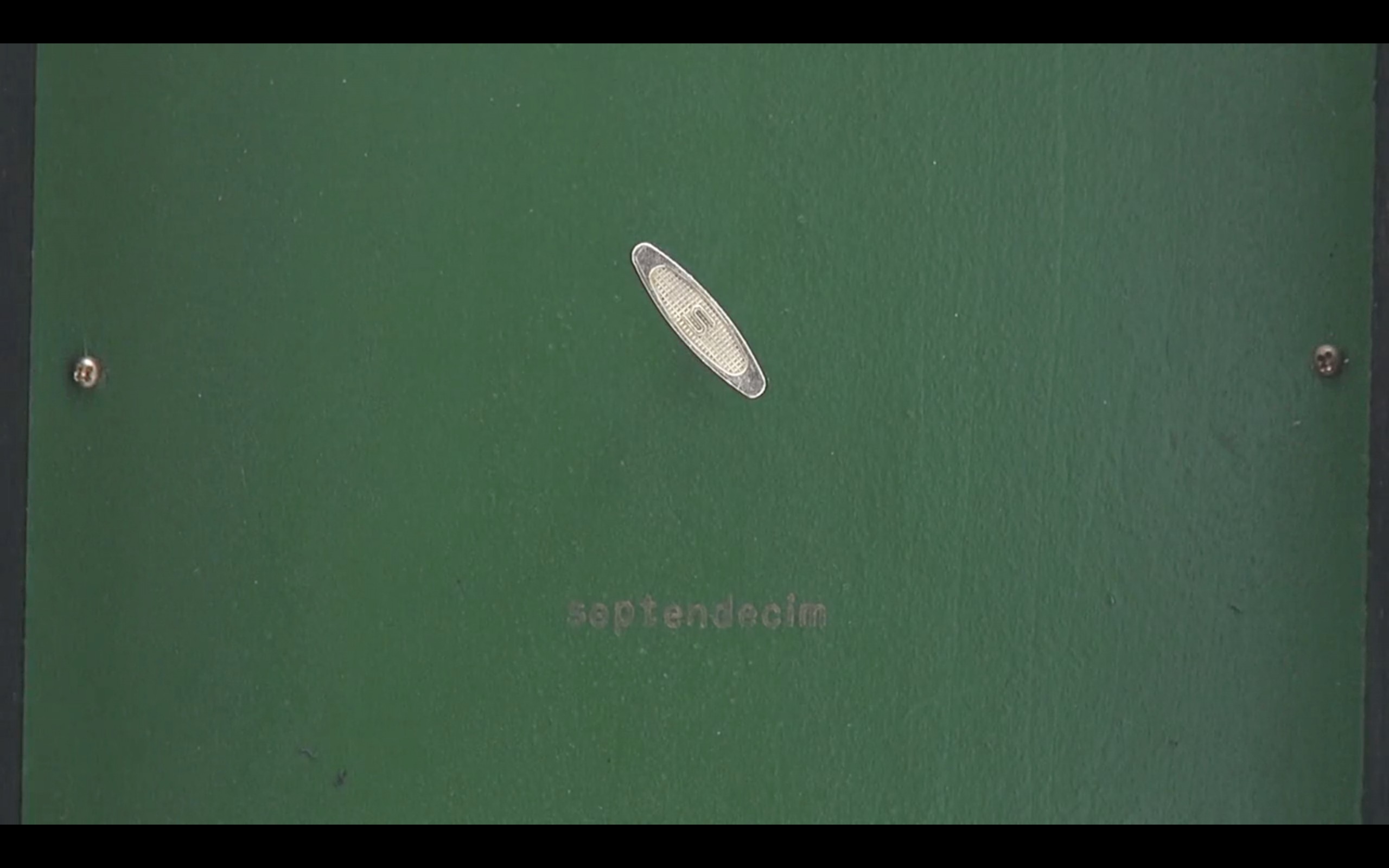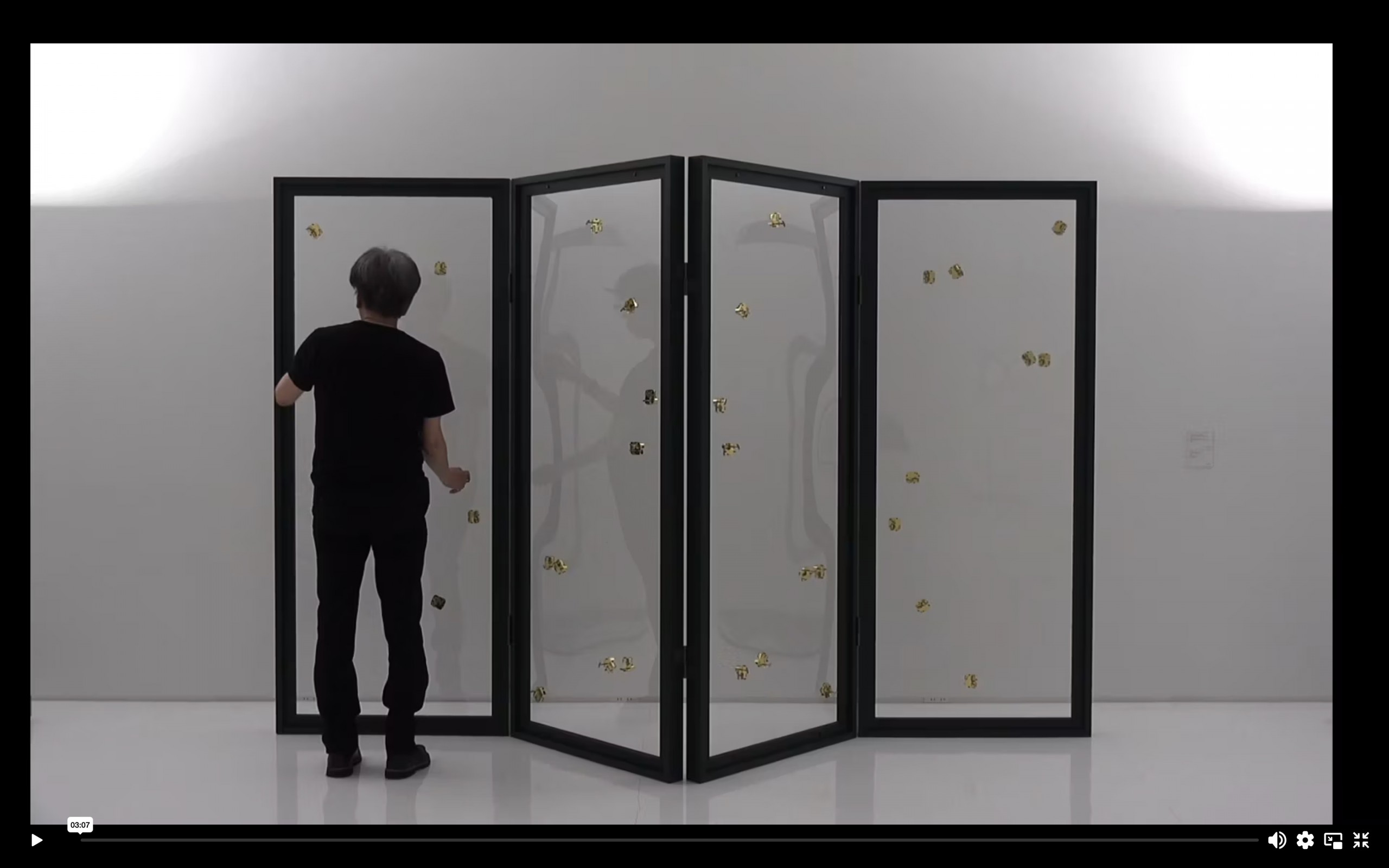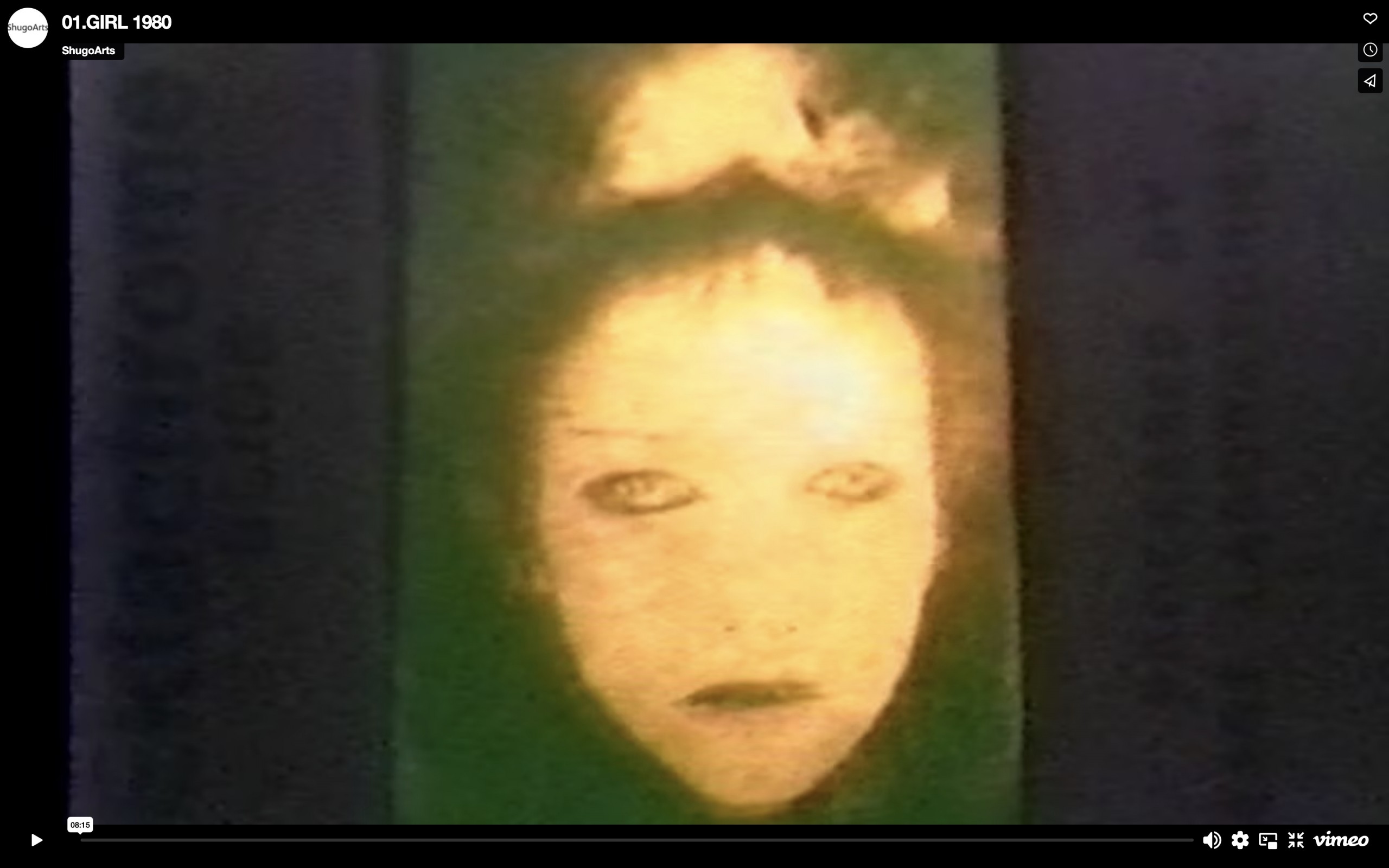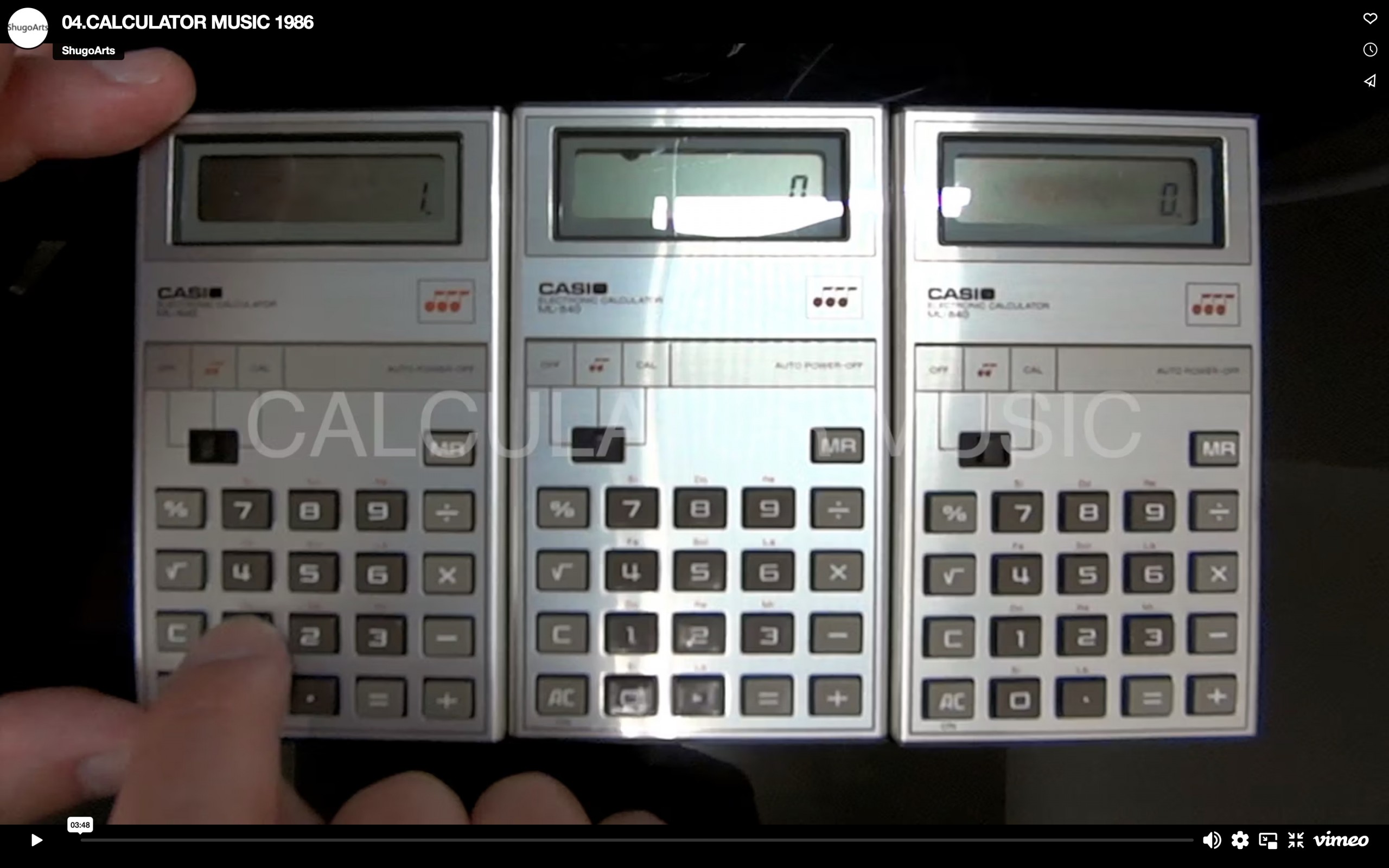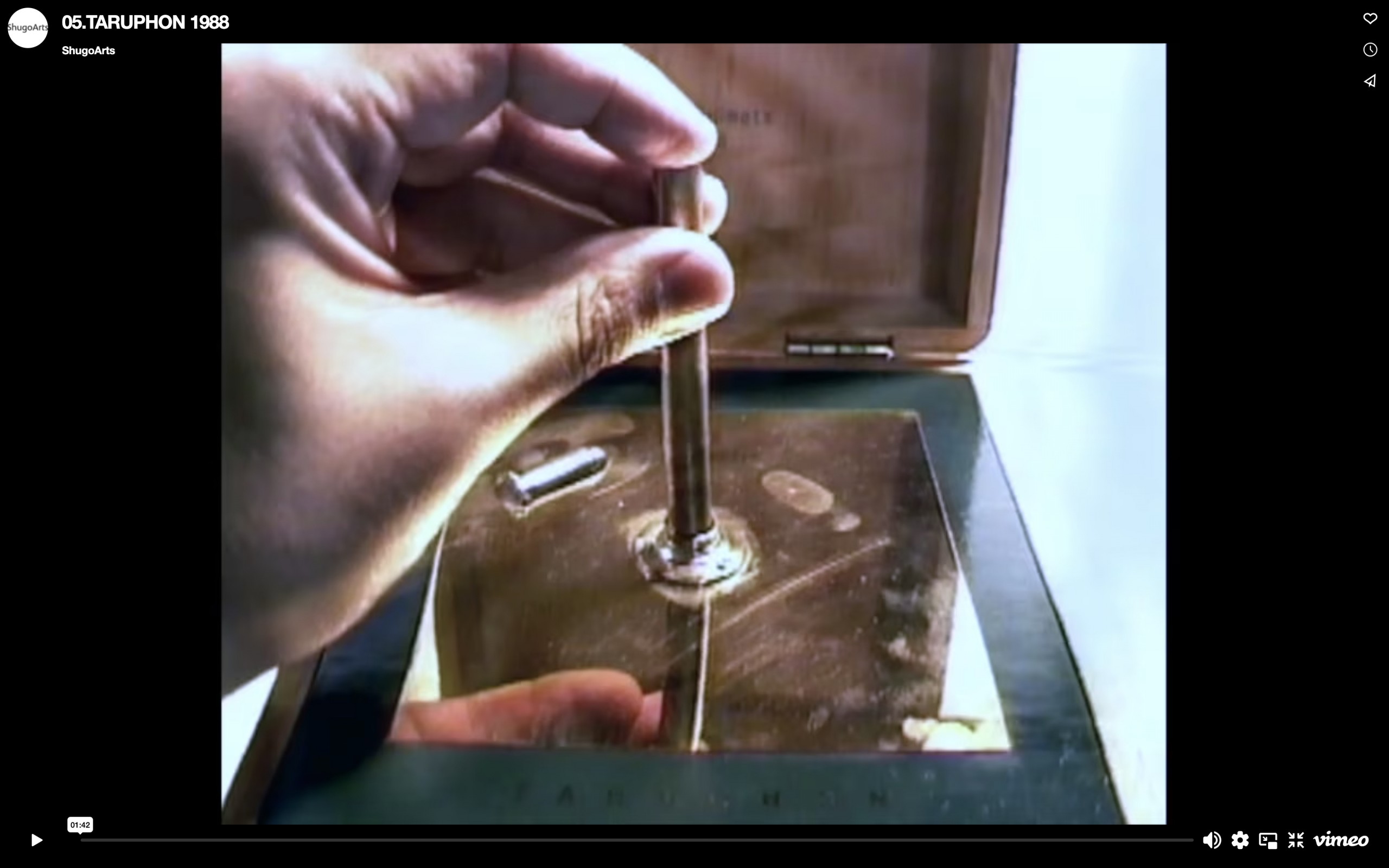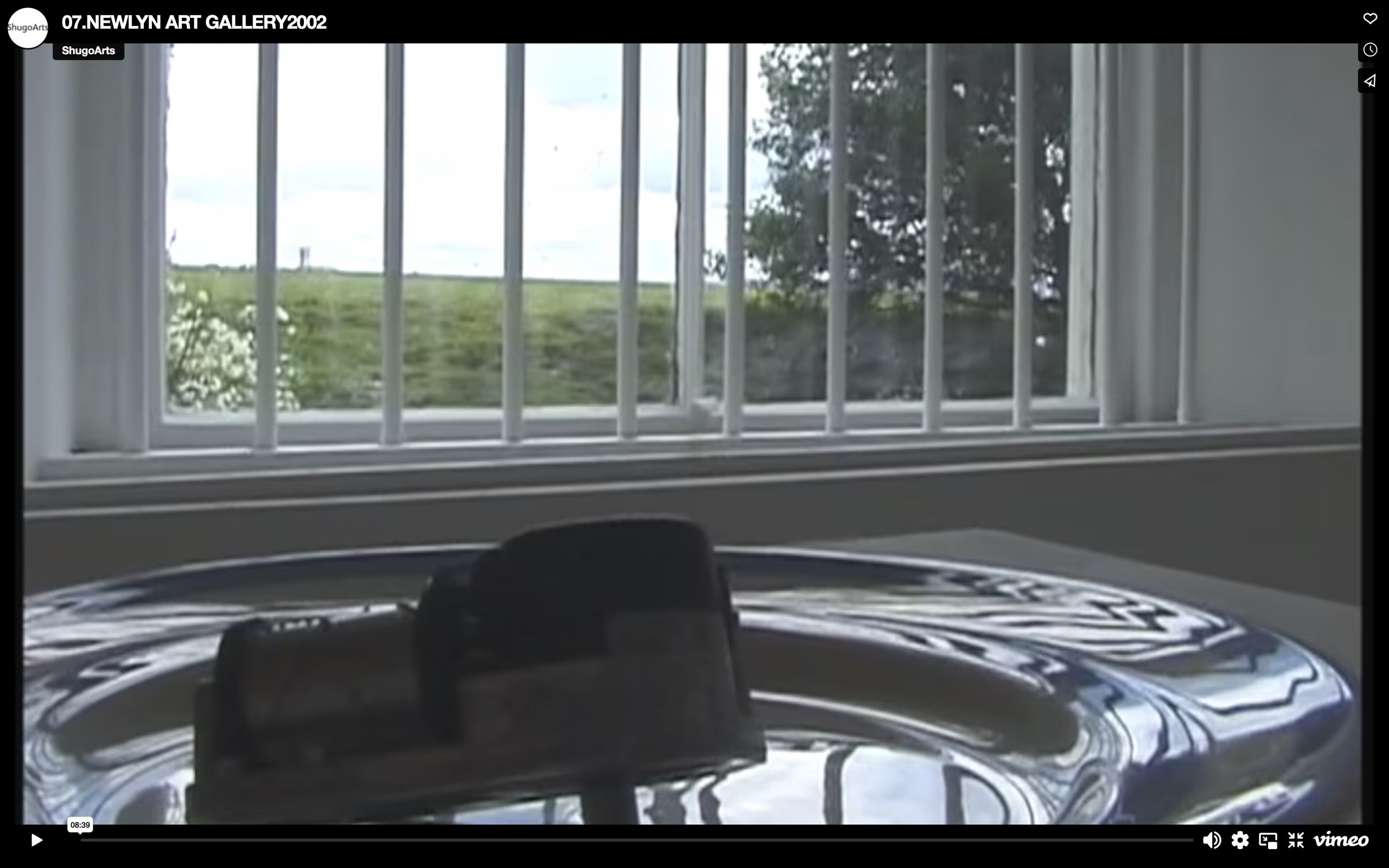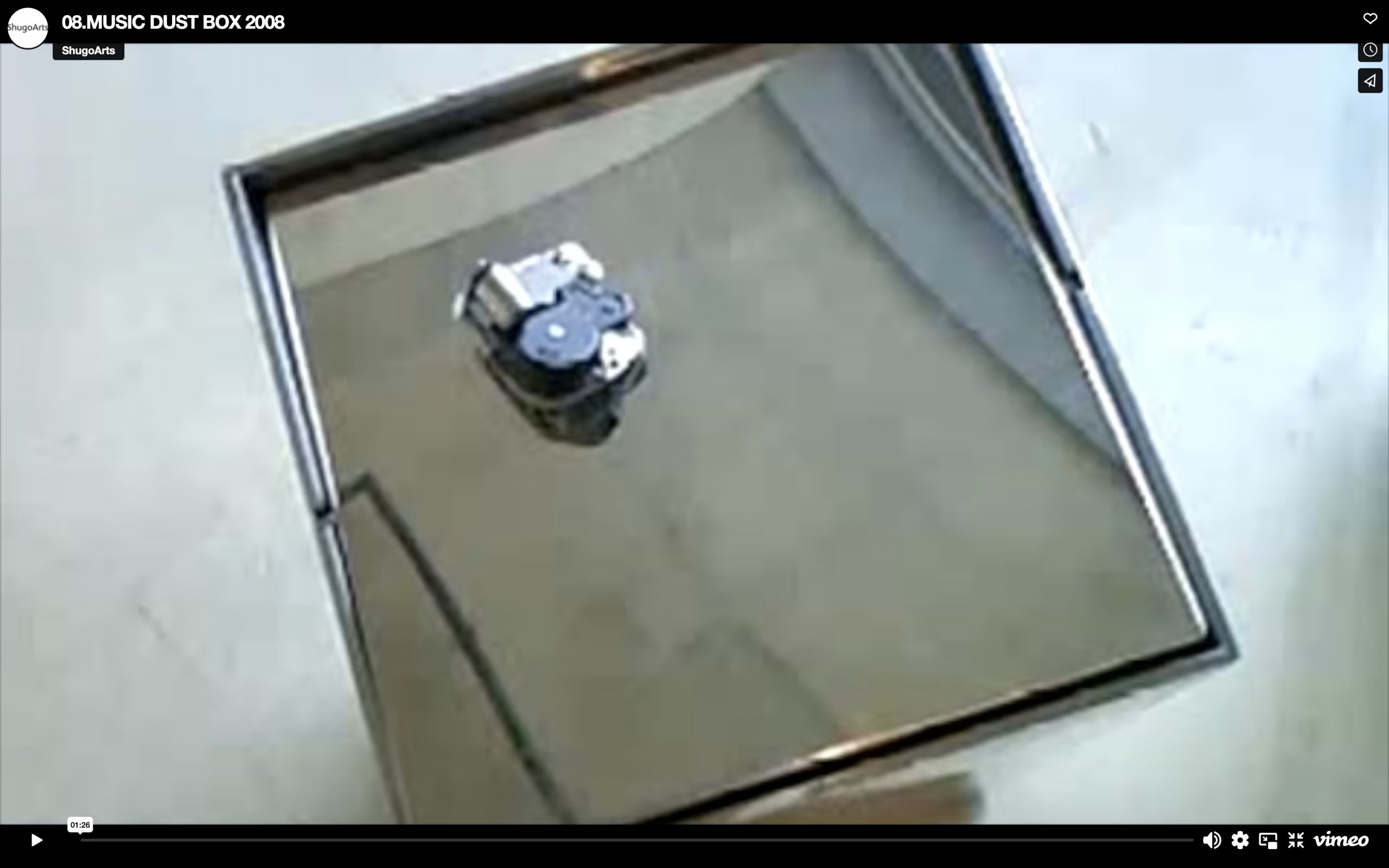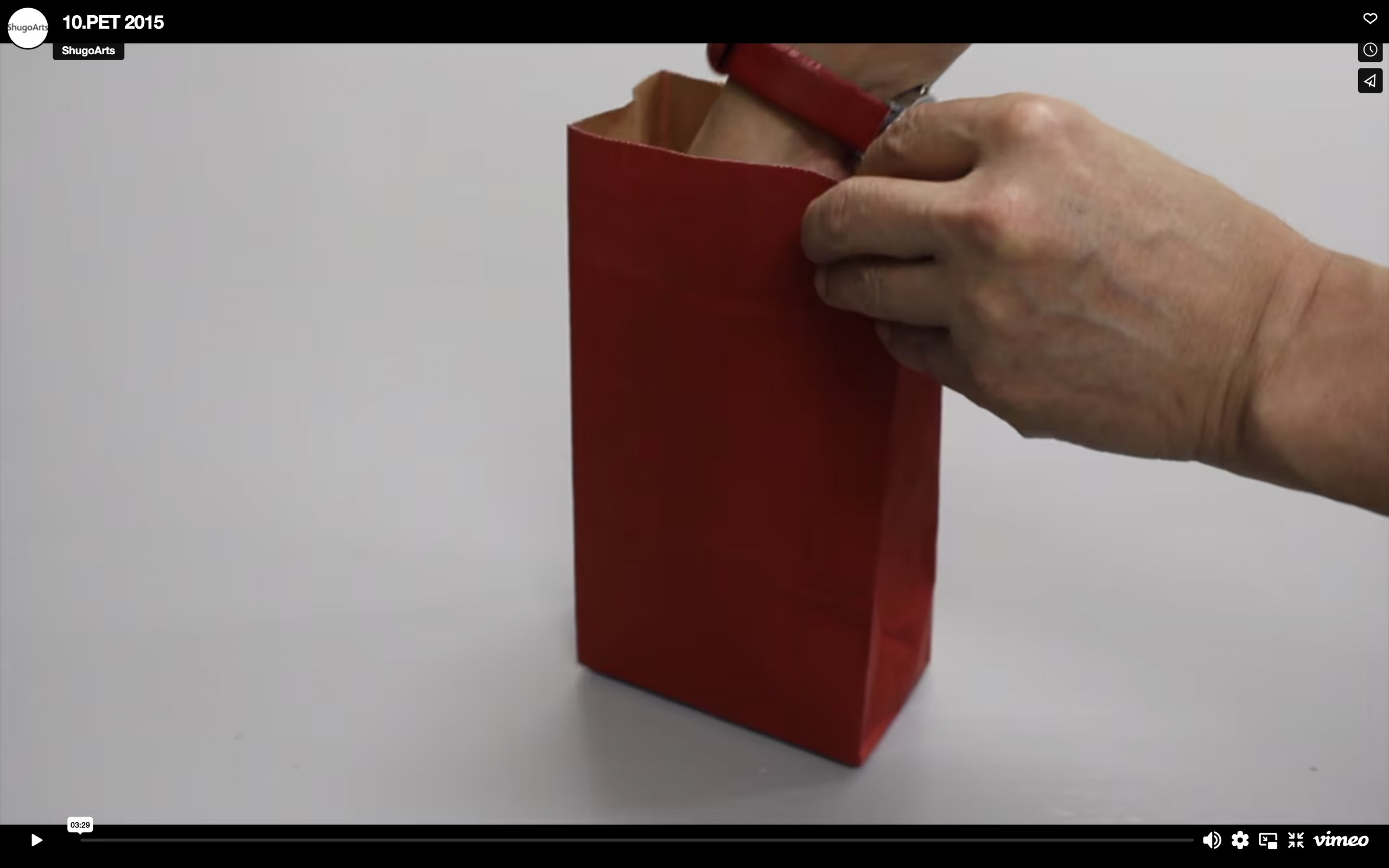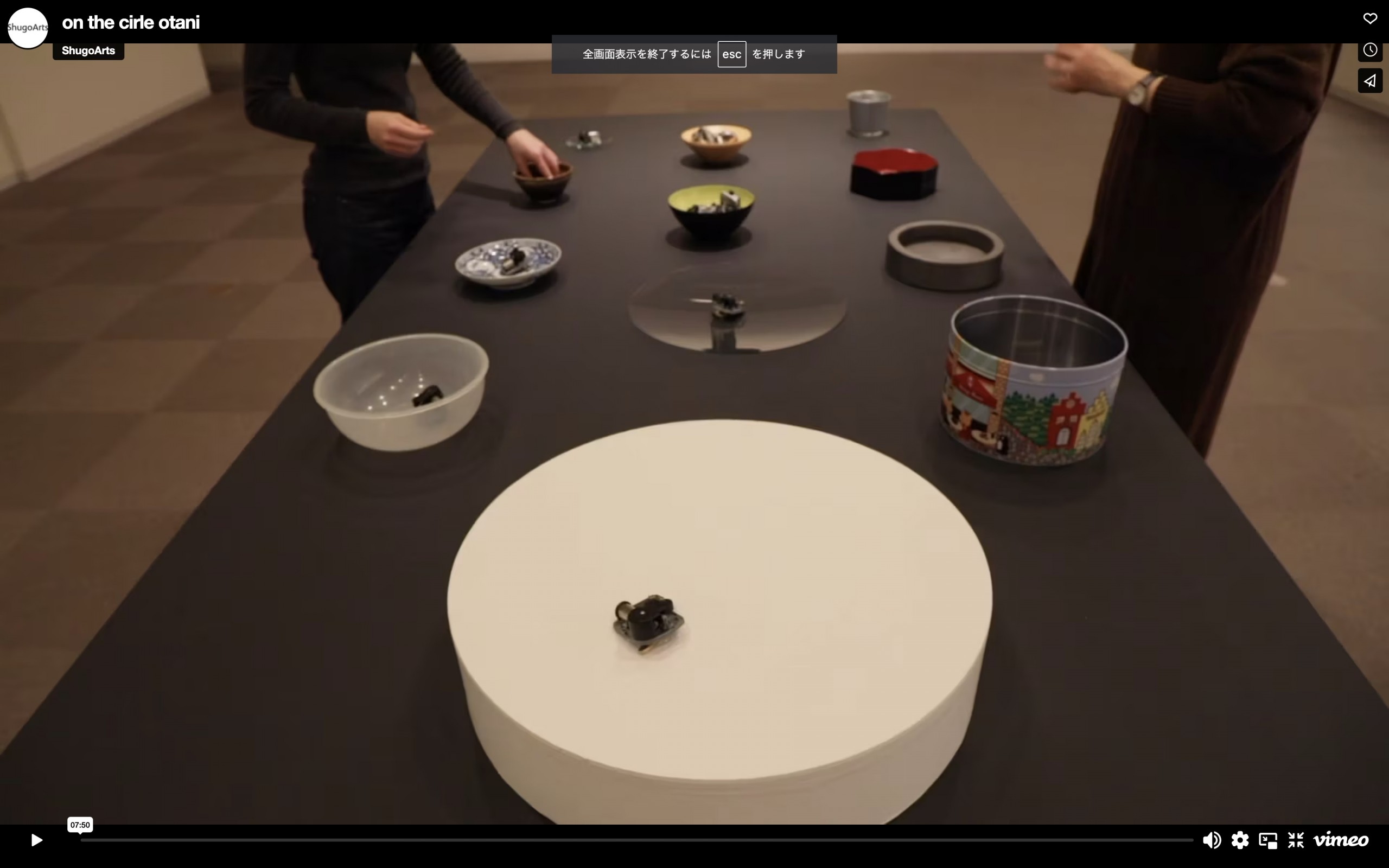In the 1970s, as I continued to create works of art in which I fused various electric sounds to generate louder sounds, I started to realize two things. The first thing I realized was that no matter how complicated the waveforms were, everything would end up making similar sounds when I put them together. The other was that the first time experiencing the sound would be the most interesting. As I listened to a certain sound two or three times, my body would grow accustomed to the sound and rapidly become less stimulated.
Because of these unsatisfactory findings, I abandoned using a synthesizer in the 1980s. After that, however, mundane sounds in which I had no interest until that point began to captivate my attention. The sounds of turning a page, placing a cup on the table, clothes getting rubbed, and coins discharged from a vending machine… These were never simple “insignificant” sounds, which cannot be artificially generated by putting together waveforms, but flush with extremely high density content. In addition, although almost all of them were small sounds, they retained their own idiosyncrasies and sounded mettlesome in their specific environments.
Yukio Fujimoto
First appeared in Biohistory Vol. 11, a quarterly journal published by JT Biohistory Research Hall, January, 1996. 14-15.


